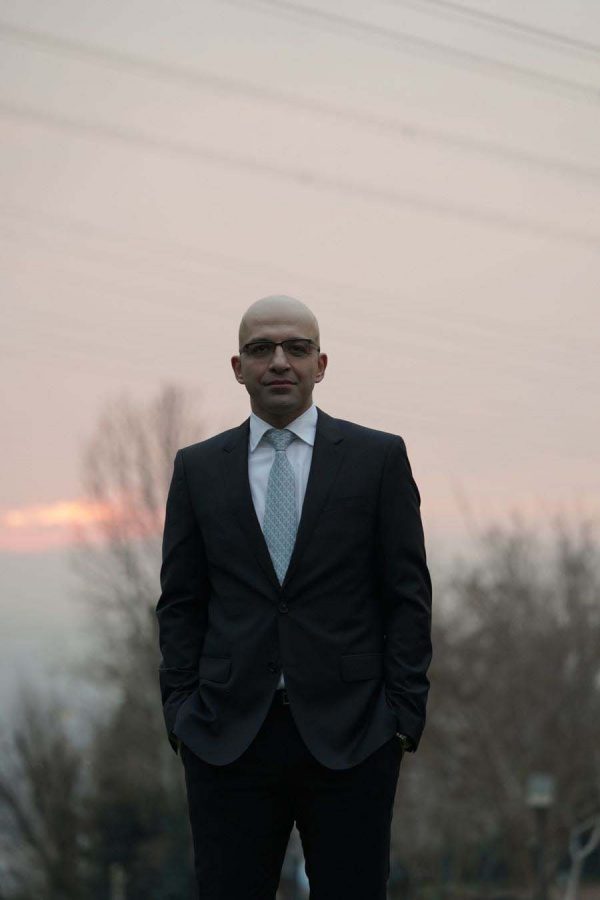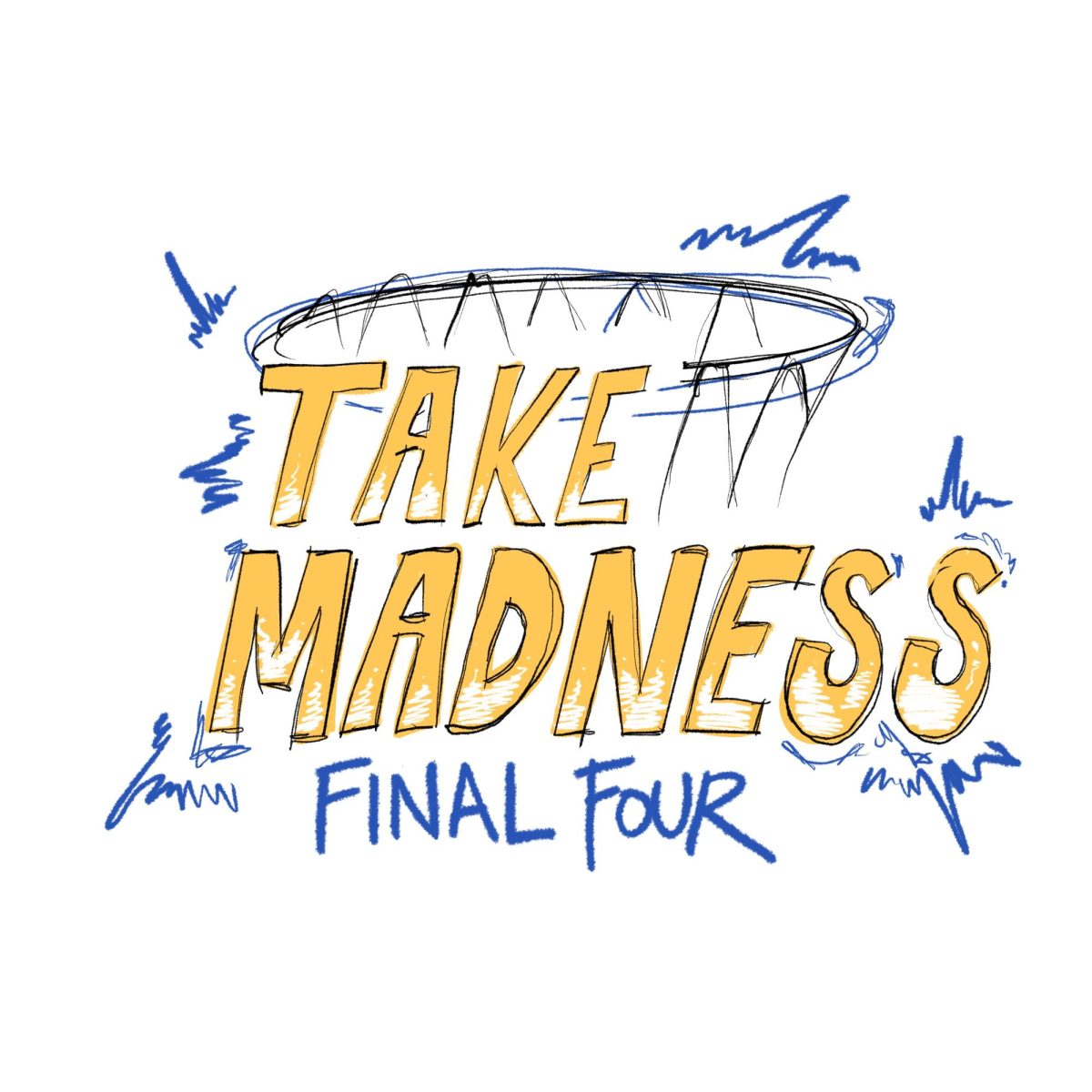Iranian students, faculty discuss Pitt environment

Photo courtesy of Hessam Babaee
Hessam Babaee, assistant professor of mechanical engineering and materials science, immigrated to the United States from Iran in 2006.
February 2, 2020
When Hessam Babaee reunited with his family in 2016, it had been a decade since they had been together.
Babaee, an assistant professor of mechanical engineering and materials science at Pitt, immigrated to the United States from Iran in 2006 to attend college. He entered the United States under a single-entry student visa, which meant he didn’t see his siblings for 10 years until he was granted a green card.
“When I saw them, I had to rediscover my own brother and sister,” Babaee, who has not seen them again since 2016, said.
Babaee’s separation from his family is not uncommon for other Iranian immigrants. Some have seen discrimination rise alongside tensions between the United States and Iran following the death of Iran’s highest level military commander, Gen. Qasem Soleimani. According to BBC News, Soleimani was killed by an airstrike launched on Jan. 3 under orders from President Donald Trump. Iran fired missiles on two U.S. bases in Iraq in response.
While Al-Jazeera reported that fears of increasing “Iranophobia” has troubled many members of the Iranian-American community, Iranian Pitt students and faculty who say the University environment has remained welcoming and accepting.
Ali Amiri Margavi, a graduate student in mechanical engineering and materials science at Pitt, said he always knew studying in the United States was his dream.
“When I was a kid and someone asked me, ‘Ali, what do you want to do with your future?’ I always told them I want to go to college, be an engineer, go to the U.S., get my Ph.D. and work at NASA. That’s my dream,” Margavi said. “People around the world know the U.S. is the land of opportunity.”
U.S. Census data estimates that there are up to 1 million Iranian immigrants living in the United States. In the years leading up to the 1979 Iranian Revolution, thousands of Iranians relocated to the United States, especially students and professionals. The revolution marked the end of the pro-American monarchy in Iran and the creation of the current Islamic Republic. According to Census Bureau data, at least 60% of Iranian immigrants to the United States today have earned at least an undergraduate degree.
Peyman Givi, a distinguished professor of mechanical engineering, said that despite the heightened tensions between the two countries, the discrimination he faced 40 years ago when he first immigrated to the United States was much worse.
Givi immigrated to the United States before the Iranian Revolution and attended Youngstown State University in Ohio during the Iranian hostage crisis. During the crisis, Iranian students seized the U.S. Embassy in Tehran and detained more than 50 American workers for 444 days from Nov. 4, 1979, to Jan. 20, 1981.
“During the ’70s and ’80s, if you were from Iran it was ridiculous,” Givi said. “There were bumper stickers everywhere with Mickey Mouse flipping off Iran. You couldn’t walk into the University without seeing it on a T-shirt.”
The U.S. government froze Givi’s accounts while he was completing his undergraduate degree, which he said made these years financially difficult.
“Jimmy Carter decided to freeze all Iranian assets, so we couldn’t get the money our parents sent us. We couldn’t pay to the University, we couldn’t pay the rent,” Givi said. “They came from the government and were fingerprinting us, taking mug shots simply because you were from Iran.”
Ultimately, Givi said the revolution was the reason he stayed in the United States and continued his education at Carnegie Mellon University.
“I came here right after high school and the idea was to get your degree and go back. But during my studies, the Iranian Revolution happened so many of us could not go back and many didn’t want to,” Givi said. “Here they hated the Iranians and in Iran they hated the Americans, so you’re in kind of a tough situation.”
Givi added that while subtle prejudices still prevail, it has motivated him to work even harder.
“All the prejudice against other races has been recognized, but I think Iranians have been the subject of the most prejudice, but no one even talks about it simply because they look white,” Givi said. “I knew anything I wanted to do, I had to be better than others.”
But, Babaee said he hasn’t faced discrimination in the United States, and he’s never heard of any of his 12 Iranian students in the mechanical engineering department experiencing discrimination either. This is a fact he said he credits to the City of Pittsburgh.
“I knew stories about Pittsburgh so I knew it could be one of the cities I would like to live in,” Babaee said. “People are super kind here and welcoming. They’re curious and want to learn more about your culture and your people.”
Givi also said that Pitt’s environment is “open-minded” and part of the reason Pittsburgh is his “favorite city in the universe.”
“Our University is amazing,” Givi said. “Seriously, in other places, they don’t even know what Iran is, but they automatically think the moment you are walking with them you are going to pull out a machine gun.”
Babaee said, especially during particularly turbulent points in the U.S. relationship with Iran, Iranians are just as terrified of violence as Americans.
“I remember that evening when we heard the news and … that one week from the killing of Soleimani until Iran launched missiles towards the U.S., that was the most stressful week I’ve had here,” Babaee said.
Margavi added that despite politics and government relations, people in Iran and the United States have the same basic life goals.
“I think people and government are two different things. Back in Iran people really love anyone,” Margavi said. “We are all human and want the same things from life. We all want to be happy.”



